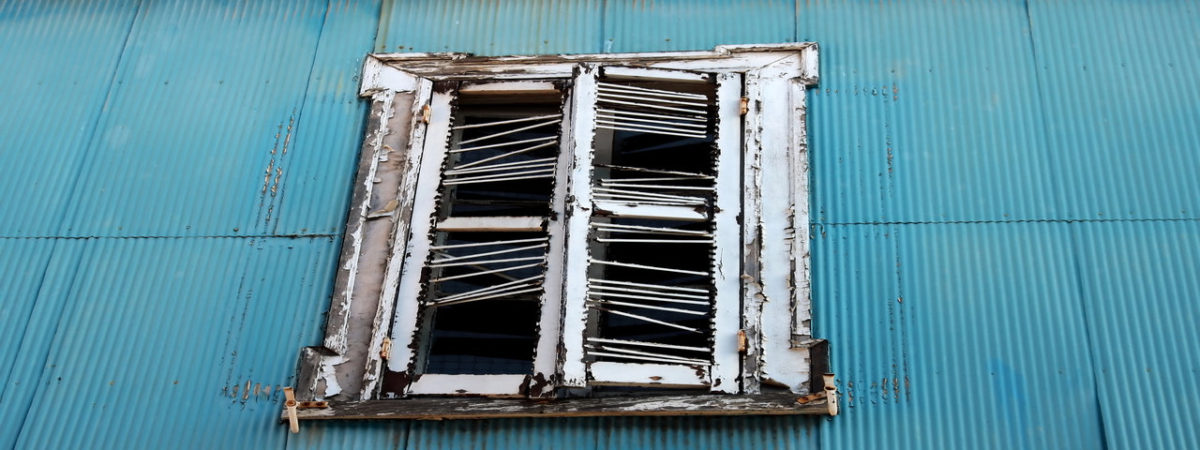How market mechanisms could improve A&E services
SUGGESTED



The King’s Fund think tank has shown the number of attendances in Type 1 A&Es (Major A&Es) has not changed in a decade yet admissions soared. And the National Audit Office has shown that a quarter of ward admissions from A&E happened in the final 10 minutes of the target last year, with the system gamed to avoid sanctions, leading to inappropriate and costly admissions. This reduces bed availability, leads to crowding in A&E and delays admissions that result in target breaches and sanctions. Moreover, sanctions reduce funding available to hire extra staff to see patients promptly. The four-hour wait is self-defeating.
Clinical triaging systems on the other hand draw the line at two hours for standard A&E cases with cases lower than this designated non-urgent. These non-urgent cases are not accidents or emergencies yet the NHS creates perverse incentives for them to be seen in A&E. It is cheaper to see non-urgent cases in primary care but the 95 per cent four-hour wait target is easily achieved when quick-to-see cases are part of A&E’s total. There is no means for non-urgent cases to be redirected to a GP beyond returning the patient to their own medical practice, and this amounts to a refusal to see the patient.
Liberating GPs to allow them to offer their own patients fee-per-service appointments outside practice hours would add extra capacity without cost to the NHS and allow doctors who do not wish to take up a formal out-of-hours contract to enter the market for urgent care. This would also give working people the option of seeing their GP at the weekend or evenings at their own convenience. Given that 70 per cent of private medical insurance is purchased by employers in the UK there is evidence to suggest employers rather than patients would pick up the bill if the trade-off to the company merited it.
Furthermore, directing out-of-hours GPs to work onsite in A&E would remove the moral hazard faced by patients with little objective sense of urgency. Non-urgent cases could be seen post A&E triage by GPs and one could be sure GPs were used to their full capacity given they are paid per hour and not per case for their work. Since primary care appointments often take days or weeks to arrange, a same day service is fast by comparison.
A&E departments could sell fast passes for express appointments to patients who wish to see an A&E specialist with a non-urgent case at peak times, with receipts retained by the A&E to help fund the service. If sold on a cost-neutral basis, this would open up convenient specialist care to those unable to afford a fully private service. Free-of-charge fast passes could be offered for off-peak, early morning appointments, allowing patients to come back to A&E the next day at a fixed time.
Every NHS patient would benefit from these express appointments, as a small number of fee-paying patients would fund more senior staff to be onsite. At the weekends and evenings a quick conversation with an onsite consultant between appointments would increase the level of supervision and safety of junior doctors who deliver over a third of the service. Weekend cover is not mandated in the current consultant contract and this makes it difficult for A&Es to supervise juniors optimally.
It is controversial to argue for charging in a tax-funded NHS but much less contentious to fine people whose antisocial behaviour has wasted resources that could be used to help those in urgent need. Recovering opportunity costs from patients drunk and disorderly/incapable, and those who abscond without being seen would provide strong incentives for responsible behaviour. It is especially important to recover costs from patients who use ambulances to attend A&E and then abscond, as each ambulance trip costs in excess of £200.
Every A&E department is different in size and scope so it makes sense for triaging and waiting times to be devolved to foundation trusts. An extended network of experienced clinicians can make discrete professional decisions to determine hierarchies of needs locally. The universal four-hour target is fatally conceited, self-defeating and ought to be scrapped.
1 thought on “How market mechanisms could improve A&E services”
Comments are closed.




The NHS is a failed socialist near monopoly health provider. It fails because it has no competition to lay bear it’s failings, no customer base that can walk if they do not like what they are getting and, simpl;y sucks on the teat of the taxpayer for more funds when its incompetence results in budget over runs.
Why on earth give advice that might help them continue with their shoddy service? Best to let them fall and let them fall sooner rather than later and then we might see the politicians wake up to the obvious solution: full privatisation in a fully competitive market.